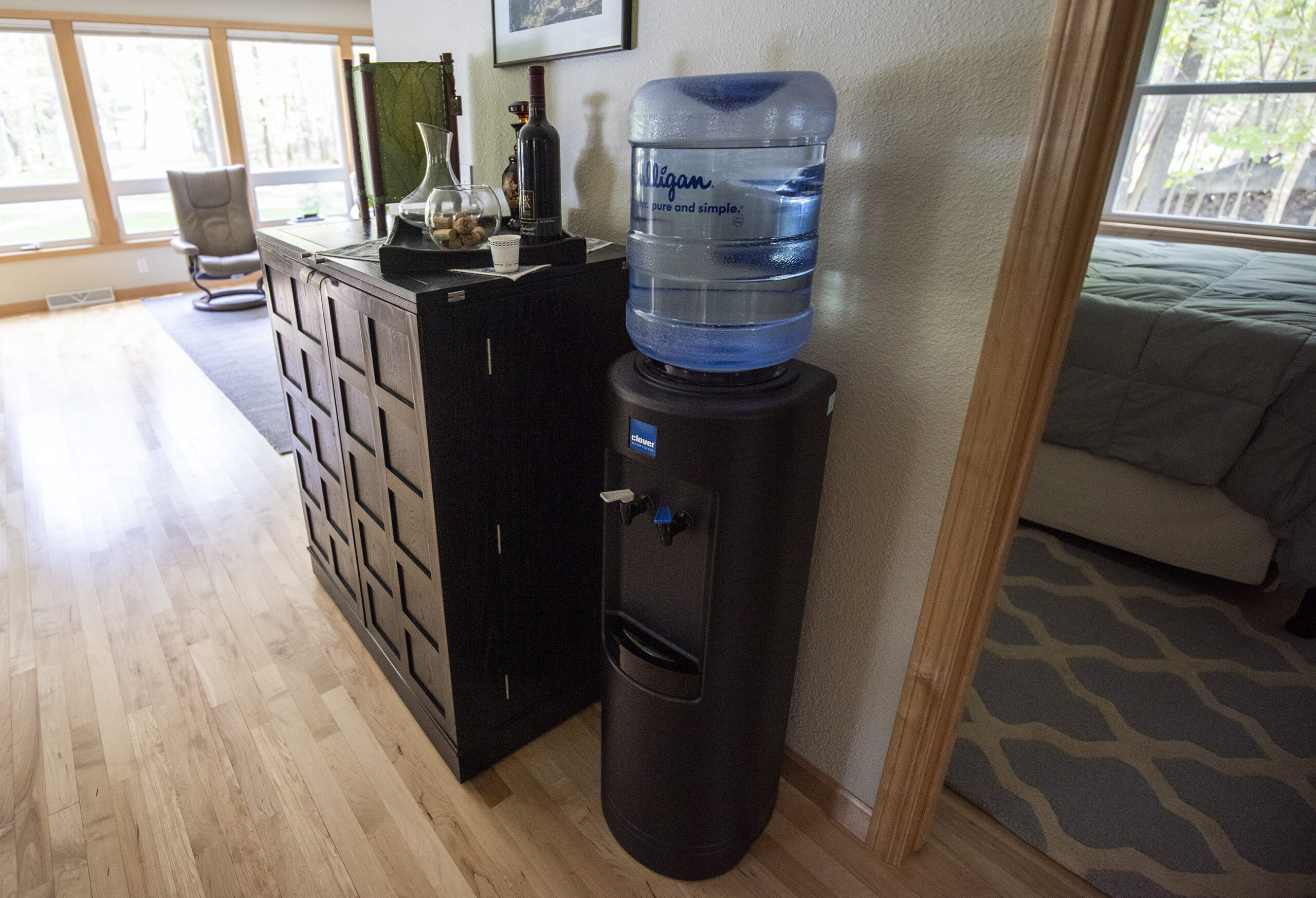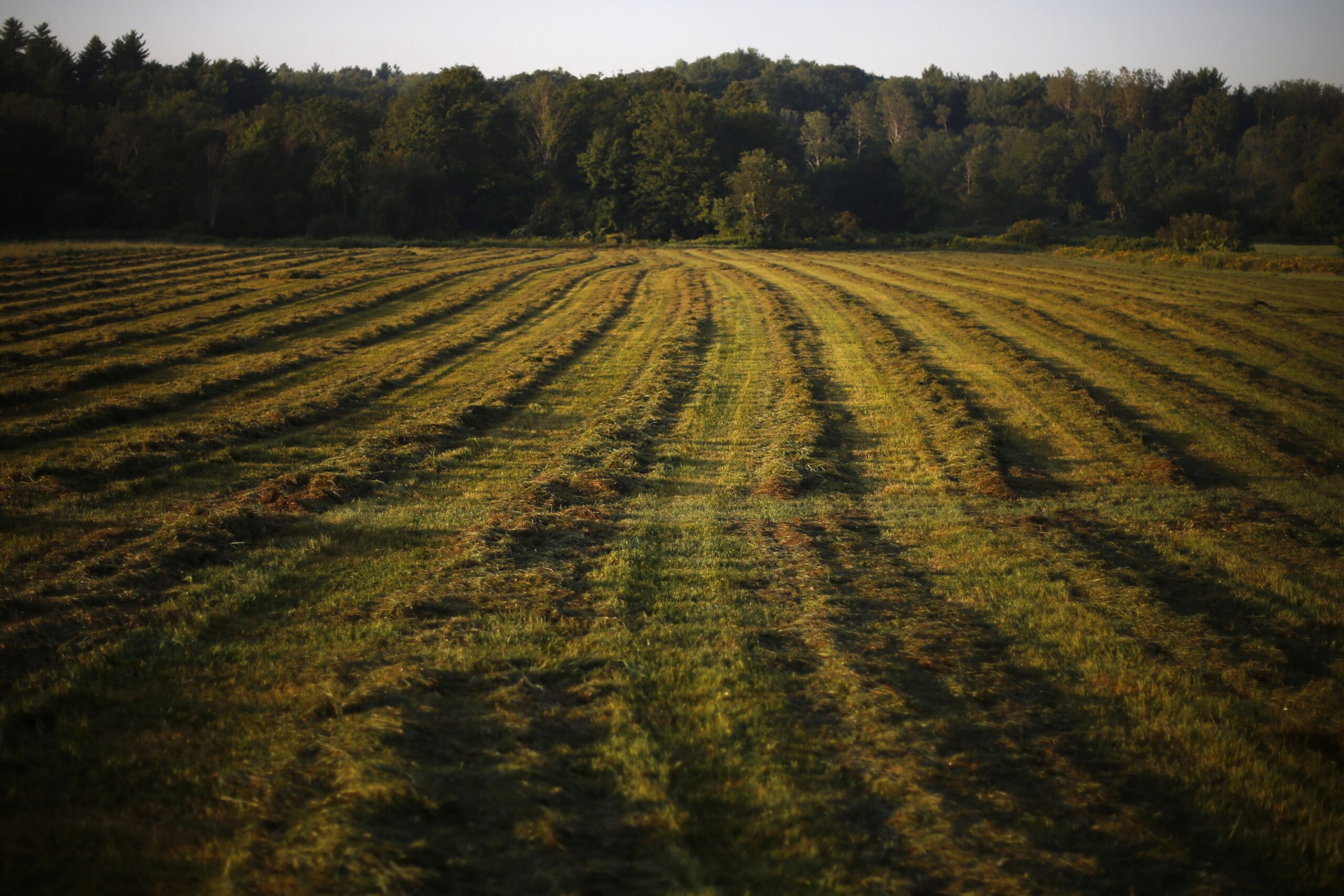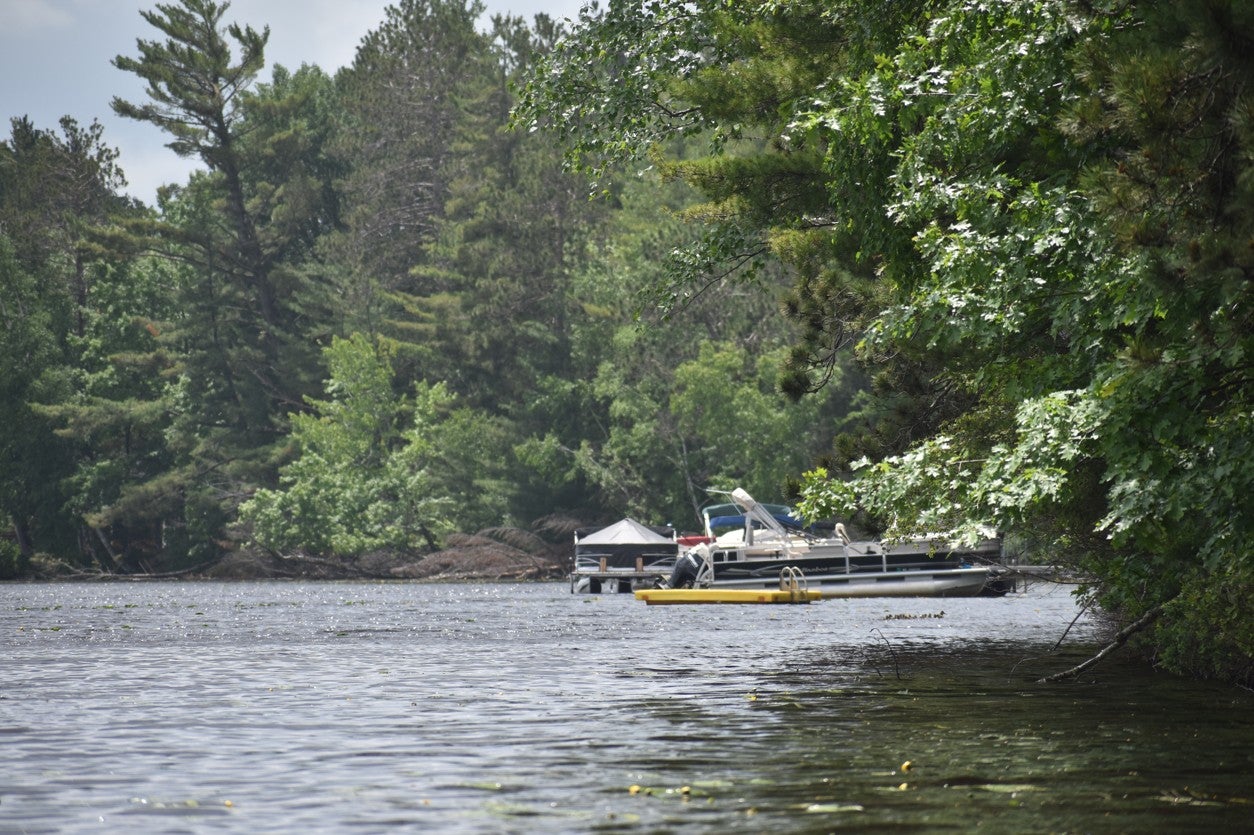State natural resources officials said they have found some of the highest levels of PFAS contamination in the country in a northern Wisconsin community.
The state Department of Natural Resources tested 98 private wells in the Town of Stella in Oneida County, and based on the results of those tests and 16 independent well tests, 47 Stella residences have contamination levels that exceed state health guidelines.
Steve Elmore, the DNR’s drinking water and groundwater director, told reporters during a Tuesday briefing that the sampling results have varied by well, ranging from hundreds of parts per trillion to the thousands. The recommended groundwater standard for individual or combined PFOA or PFOS, two types of PFAS chemicals, is 20 parts per trillion.
News with a little more humanity
WPR’s “Wisconsin Today” newsletter keeps you connected to the state you love without feeling overwhelmed. No paywall. No agenda. No corporate filter.
“We have some that go as high as 35,000 parts per trillion for PFOA and PFOS,” Elmore said. “These levels are significant. It’s some of the highest levels in the country that we’ve seen, and certainly the highest we’ve seen in groundwater and drinking water in Wisconsin.”
PFAS, short for per- and polyfluoroalkyl substances, are a class of thousands of synthetic chemicals used in products like cookware, food wrappers and firefighting foam. Research shows high exposure to PFAS has been linked to kidney and testicular cancers, fertility issues, thyroid disease and reduced response to vaccines over time.
While state standards have only been established for PFOA and PFOS, Elmore said regulators are also looking at the 16 other PFAS chemicals that have recommended guidelines from the state Department of Health Services. He said the DNR is considering not only individual levels of the chemicals but the combination of contaminants in determining which wells are a health hazard.
Because of the extremely high levels, Elmore said it’s likely that some residents will permanently have to rely on an alternative source of drinking water.
He said if treatment were to be used, residents would likely need several units to treat water multiple times and would need to continue sampling to ensure enough contamination is removed. This system would be costly because of the need to regularly replace the filters.
Elmore said residents may be able to drill a deeper, cased well into the granite bedrock in order to seal out the contamination. He said this method, combined with water treatment, could bring contamination levels below the state standard for some households.
“We may find that treatment is not an option for some of these wells,” he said. “Some of them the PFAS may be so high that alternative water will have to be a long-term solution, whether that is bottled water, maybe bulk water supplied in a tank, or hooking up to a public water system like running a water main to the home from a system outside of this area.”
Elevated levels of PFAS were first detected in a private well in Stella through a voluntary sampling program last year. In January, state officials began providing bottled water to affected residents.
Officials said Tuesday that the state is providing bottled water to 41 households. Elmore said the DNR has spent $28,835 on bottled water for Stella so far and plans to provide water through December.
State sampling also found two summer camps near Stella, Camp Horseshoe and Camp Deerhorn, were impacted by PFAS contamination. Elmore said the DNR and state Department of Health Services worked with Camp Horseshoe to notify people served by the camp’s water system. He said the state does not regulate for PFAS at these types of facilities, so it’s up to the camps to decide how to handle the contamination.
“We’re working with those facilities to address those impacts, to public notice, and do things like if there are multiple wells available, to turn off impacted wells and use wells that either aren’t impacted or are less impacted,” Elmore said. “Also, similar to private wells, see if they can longer term drill a new well or install treatment.”
State regulators are still working with the federal Environmental Protection Agency to identify potential sources of the contamination. Industrial sludge from a paper mill near the town was sampled last month. Adrian Stocks, DNR’s water quality director, said he expects to receive the results by the end of the week.
Stocks said the state will also require any permit holders through the Wisconsin Pollutant Discharge Elimination System to test for PFOS and PFOA, which includes the paper mill and the nearby City of Rhinelander.
“As we move forward, we anticipate being able to have a better understanding of what concentrations may be in that industrial sludge or municipal biosolids that may be land spread,” Stocks said.
The DNR will hold a public meeting for Stella residents Tuesday evening to provide an update on the sampling and source investigation. Officials are encouraging affected residents to apply for funding through the Well Compensation and Well abandonment program created by federal funds from the American Rescue Plan Act. Elmore said $3 million of the program’s $10 million in available funding has been awarded across the state so far.
Editor’s Note: This story has been updated to reflect that 20 parts per trillion is the recommended standard for PFAS from state officials.
Wisconsin Public Radio, © Copyright 2026, Board of Regents of the University of Wisconsin System and Wisconsin Educational Communications Board.





